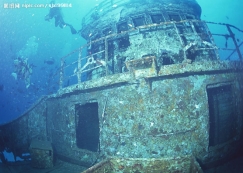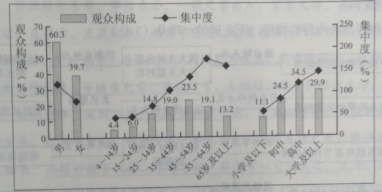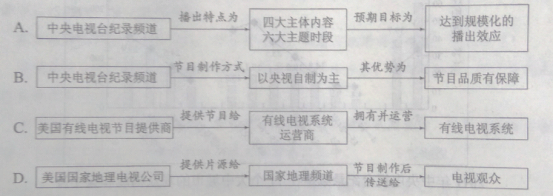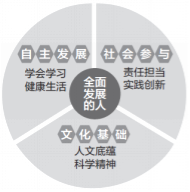题目内容
【题目】阅读理解。
阅读下列短文,从每题所给的四个选项 (A 、B 、C 和 D )中,选出最佳选项,并在题卡上将该项涂黑。

The pillage (掠夺) and destruction of ancient shipwrecks and sunken archaeological sites by treasure hunters seeking gold and other valuables may be illegal under the terms of an international treaty under discussion by UNESCO’s 188 Member States.
"Protecting our underwater heritage is extremely important and increasingly urgent as no site or shipwreck is now out of bounds for treasure hunters. New technologies have made deep-water wrecks easily accessible and these technologies are getting cheaper," warns Lyndel Prott.
According to estimates by commercial salvors (寻宝者), there are some three million undiscovered shipwrecks scattered across the world’s oceans. Even the figures for the known wrecks are impressive. The Northern Shipwrecks Database for example contains 65,000 ship loss records for North America alone from 1500 AD to the present. The Dictionary of Disasters at Sea by Charles Hocking (1969) lists 12,542 sailing ships and war vessels lost between 1824 and 1962.
Then there are sunken cities such as the trading town and pirate stronghold(海盗堡垒) of Port Royal in Jamaica, which disappeared beneath the waves after an earthquake in 1692. Or the remnants of ancient civilisations, such as the Lighthouse of Alexandria in Egypt, and the Neolithic villages being discovered under the Black Sea, which some believe could help explain Noah’s great flood.
These treasures of cultural heritage are under serious threat. Technology now allows extraordinary access to the ocean depths for deermined and well-financed treasure hunters. And the potential rewards are huge. In 1985, American salvor Mel Fisher discovered the wreck of the Seora de Atocha, a Spanish ship that sank off the Florida Keys in 1622 with her cargo of gold, silver and jewellery worth an estimated US $400 million.
An archaeologist can spend ten years or more studying a ship, conserving its objects and publishing its findings. We gain an enormous amount of information and knowledge from this work. With treasure hunters, all of this is lost. This is tragic, for humanity as a whole.
【1】Why is it important and urgent to protect our underwater heritage?
A. Underwater heritage is easily accessible to treasure hunters.
B. Underwater heritage is out of reach of archaeologists.
C. New technology makes protection of underwater heritage easier.
D. There is no law to protect underwater heritage.
【2】What is the third paragraph mainly about?
A. Shipwrecks discovered by commercial salvors.
B. The main cause of shipwrecks.
C. The history of sunken ships.
D. The figures of shipwrecks around the world.
【3】What happened to Port Royal in 1692?
A. It was washed away by flood.
B. It was beneath the waves after an earthquake.
C. It was discovered under the Black Sea.
D. It was rebuilt by Noah.
【4】Why is Mel Fisher mentioned in the fifth paragraph?
A. He risked his life in treasure hunting.
B. He was one of the most successful commercial salvors.
C. He made a great discovery of shipwrecks.
D. He had no trouble in finding a shipwreck.
【答案】
【1】A
【2】D
【3】B
【4】B
【解析】
本文是时文阅读。海底探宝猖獗,极大地破坏了这些海底沉船或沉默遗迹,现在世界联合国教育、科学及文化组织准备立法,禁止对海下遗迹的掠夺。
【1】A 细节理解题。从文章第二段可知,因为现代科技进步,探宝者很容易就能到达海下沉船,因此对沉船的保护迫在眉睫。
【2】D 主旨大意题。综合分析文章第三段可知,本段介绍了已探明的和未探明的海底沉船数量。
【3】B 细节理解题。从文章第四段可知,它被地震后引起的洪水淹没。
【4】B推理判断题。分析文章倒数第二段可知,Mel Fisher曾经发现了一所满载珠宝的西班牙沉船,由此可知,他是最成功的探宝者之一。








